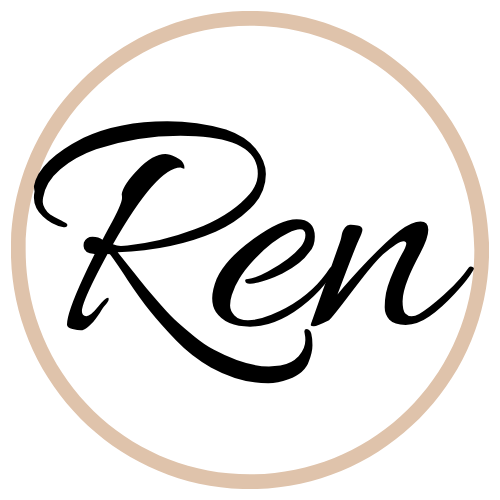(So: not a diary entry today)
I have been listening to interviews on the Penteract podcast, and reading essays about visual poetry and began thinking that perhaps I am not working toward visual poetry – as I’m hearing it “defined” in these places: as necessarily disassociating linguistic symbols from their semantic meanings. That isn’t my goal. I hope that I am still working with visual poetry as it is defined by a community of artists here/there/somewhere? The learning curve here is steep. It doesn’t matter in terms of what I am making, but it matters in terms of getting it out in the world. It matters in terms of community.
What I want to do is use visual elements, textural elements, and semantic elements in dialogue. In a kind of gesamtkunstverk that avoids both illustration and lyricism; the narrative and the line (including movement) are only elements in the whole.
At the risk of sounding pompous, I want to create a Brechtian artwork that makes the viewer intensely aware of their role as observers – in terms of a disruption of the audience’s habitual (emotional) response to a text or narrative. But I don’t have any desire to deconstruct the sense of either.
For example: when the narrative text of a poem dissolves into asemic writing it can take on a lyric quality, I don’t want that quality to be an illustration of the text’s narrative, but it would bring with it its own emotive qualities and push the narrative through a transition that will ultimately, necessarily break down any human narrative.
All of my work the past few years is integrated with a kind of field-guide observational relationship with nature. From wasps to telomeres. My approach to nature isn’t Romantic at all, I am trying to “ground” the narrative and the unavoidable lyric expression in a larger context with a disruption of perspective.
I want to flip the metaphor relationship of the lyric poem: human experience is the vehicle, and what we consider the “natural world” is the tenor. It is an attempt to move away from an anthropocentric view.
An anti-lyrical poetry.
What is horrific is natural. Nature is horrific. Yes, there is the deer in the grove. And there is the blacklegged tick on the neck of the deer in the grove. And in the gut of that tick, the Borrelia burgdorferi move through the tick’s body.
There is a reason designers look to the tiny elements of the natural world when creating their monsters. And it’s the same reason we already know them.

What’s your perspective?